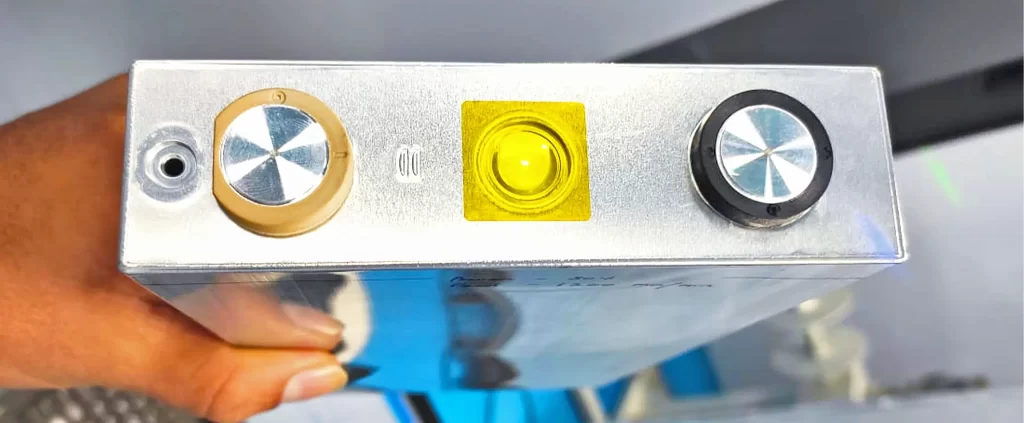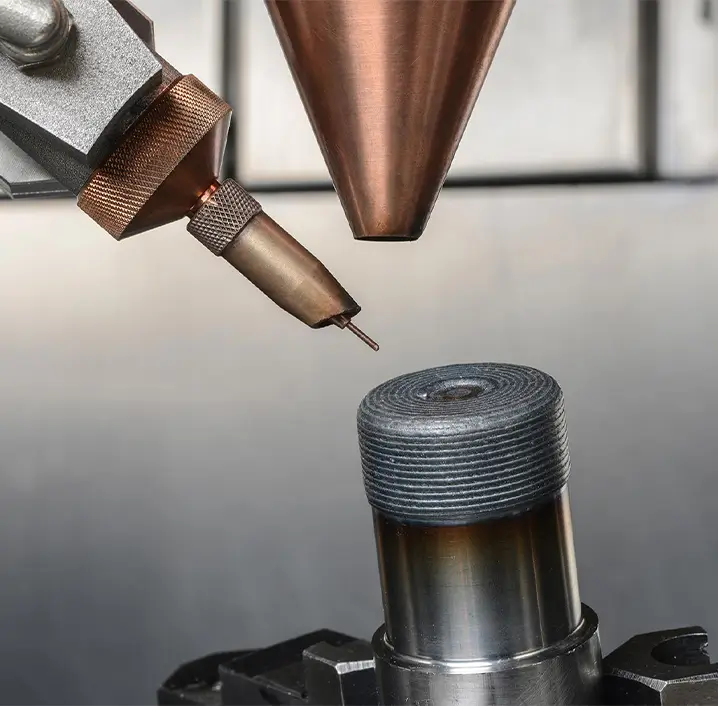Laser welding is an essential technology in the mass production of prismatic Li-ion batteries, known for its precision and efficiency in various critical applications. This technique is used extensively for hermetic sealing of battery housings, welding anode and cathode terminals to the cell housing, connecting terminals with bus bars, and securing safety vent caps.
In the manufacturing of prismatic Li-ion batteries, the assembly process is complex due to the presence of delicate electrical components within the housing. As a result, the welding technology employed must minimize heat impact and avoid excessive distortion. Laser welding is particularly well-suited for this task because it generates minimal heat-affected zones and produces highly controlled, localized fusion.
Key advantages of laser welding in prismatic battery production include:
- Precision and Small Heat Affected Zones: Laser welding focuses energy precisely on the welding spot, minimizing thermal impact on surrounding materials. This ensures that the sensitive electrical components inside the battery housing are not damaged, maintaining the integrity of the battery.
- Low Distortion: The process’s high accuracy reduces material distortion, which is crucial for maintaining the structural integrity and performance of the battery cells.
- Short Cycle Time: Laser welding is known for its rapid processing capabilities, enabling high-speed production lines. This efficiency is crucial for meeting the demands of mass production and ensuring consistent quality across large volumes.
- Flexibility: Laser welding can be easily adapted to various welding configurations and component sizes, making it a versatile solution for different battery designs and assembly requirements.
- Hermetic Sealing: The ability to achieve strong, hermetic seals is vital for ensuring battery safety and longevity. Laser welding provides reliable sealing that prevents leaks and maintains the battery’s performance.
Overall, laser welding’s precision, speed, and minimal thermal impact make it a valuable technology for the prismatic battery industry. Its ability to meet the stringent requirements of high-volume production while ensuring high-quality welds positions it as a preferred choice for modern battery manufacturing.

